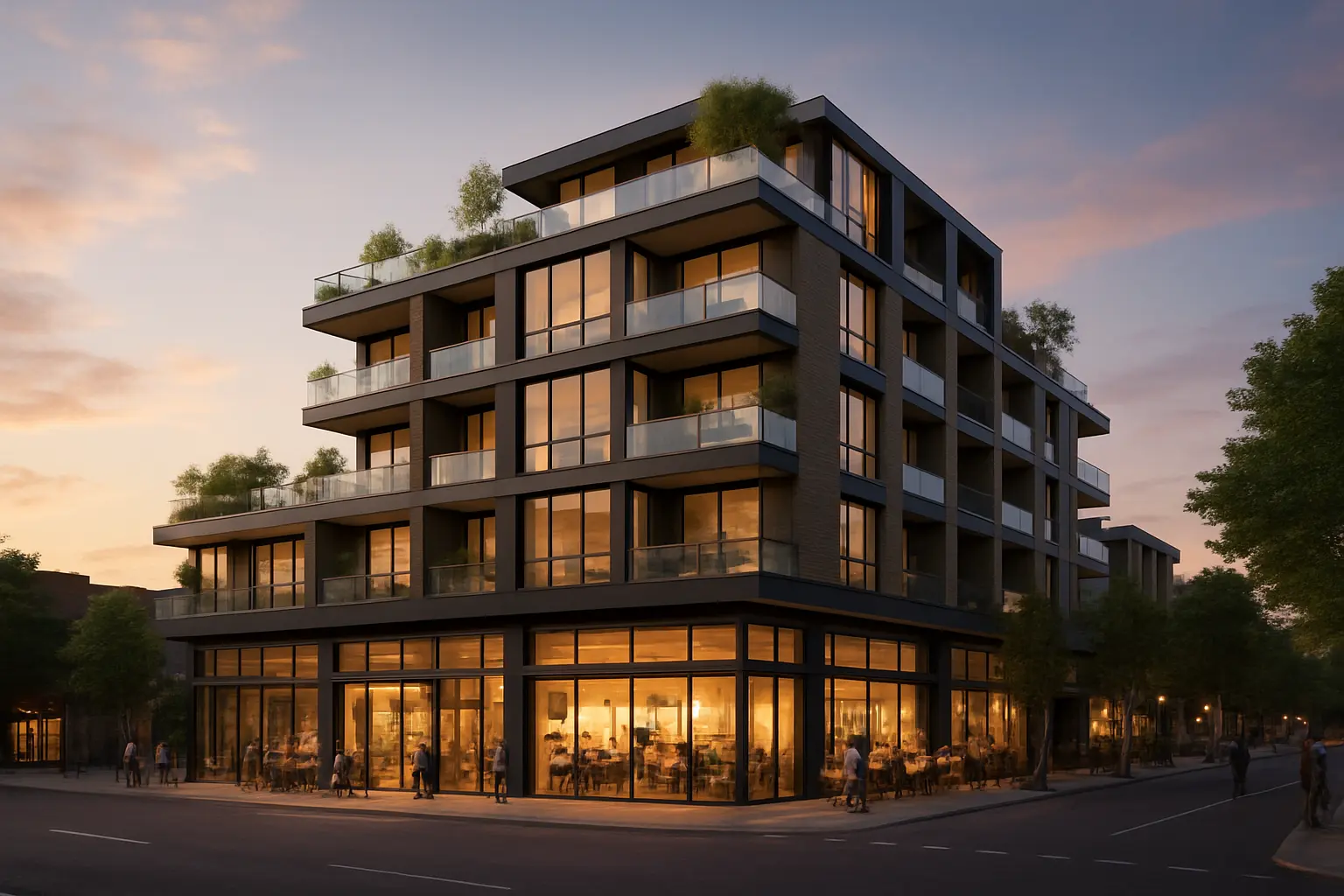The Mixed-Use Revolution: Why Hybrid Properties Are The Future of Real Estate
Discover how combining commercial and residential spaces is creating unprecedented opportunities for investors and property owners.

Understanding the Growing Trend
Mixed-use developments have emerged as a cornerstone of modern urban planning, revolutionizing how we think about property development and community building. These innovative properties combine residential units with commercial spaces, creating dynamic environments that cater to the evolving needs of urban dwellers.
The surge in popularity of mixed-use developments stems from several key factors:
- Urbanization: As cities become more densely populated, efficient land use becomes crucial
- Lifestyle Changes: Modern consumers prefer walkable communities with easy access to amenities
- Sustainability: Reduced carbon footprint through decreased transportation needs
- Community Building: Enhanced social interaction and neighborhood vitality
Financial Benefits
The financial advantages of mixed-use properties make them particularly attractive to investors and developers:
Diversified Income Streams
Mixed-use properties offer multiple revenue sources, providing a robust hedge against market fluctuations. Commercial tenants typically sign longer leases, while residential units offer more flexible pricing opportunities based on market conditions.
Risk Mitigation
By not putting all eggs in one basket, property owners can better weather economic downturns. If one sector experiences challenges, income from other segments can help maintain overall property performance.
Studies show that mixed-use properties typically maintain higher occupancy rates and demonstrate greater resilience during economic uncertainties compared to single-use properties.
Design and Functionality
Successful mixed-use developments share several critical design elements:
- Smart Space Allocation: Strategic positioning of commercial and residential areas
- Efficient Access: Separate entrances and security systems for different uses
- Amenity Integration: Shared spaces that benefit both commercial and residential tenants
- Sustainable Features: Energy-efficient systems and green spaces
Creating Synergy
The key to success lies in creating harmonious relationships between different property uses. Retail spaces should complement residential needs, while office areas should provide convenient services for residents.
Future Outlook
The future of mixed-use developments looks increasingly promising:
Market Predictions
- Continued growth in urban and suburban markets
- Integration of smart technology and sustainable features
- Increased focus on health and wellness amenities
- Rising demand for live-work-play environments
Investment Strategies
Investors should consider these key factors when evaluating mixed-use opportunities:
- Location Analysis: Focus on areas with strong demographic trends
- Flexibility: Design spaces that can adapt to changing market needs
- Technology Integration: Incorporate smart building systems and digital infrastructure
- Sustainability: Prioritize green building practices and energy efficiency
As we look ahead, mixed-use developments will continue to shape the future of real estate, offering sustainable, profitable, and community-oriented solutions for urban development. These properties represent not just a trend, but a fundamental shift in how we approach real estate investment and development.


